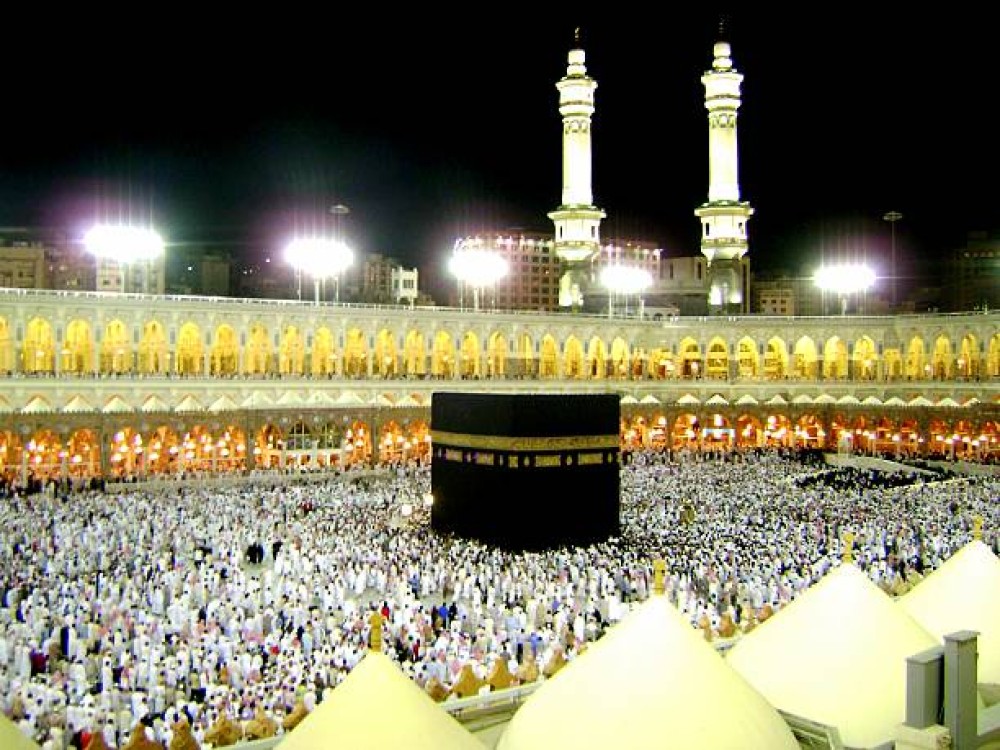
Kaaba
The Kaaba, a sacred cube-shaped structure, is the focal point of Islamic worship and is located in the Masjidil Haram mosque in Makkah. It is the holiest site in Islam, towards which Muslims around the world face while performing their daily prayers. The Kaaba is draped in a black cloth, known as the Kiswa, embroidered with gold Qur'anic verses. It is believed to have been built by the Prophet Ibrahim (Abraham) and his son Ismail, making it a central part of Islamic history. For Muslims, visiting the Kaaba is a deeply spiritual experience, whether it's during the pilgrimage of Hajj or for personal reflection during a visit to Makkah.
Kaaba Tours & Excursions
The Basics
The Kaaba stands at the center of Masjidil Haram, in the heart of Makkah, Saudi Arabia. It is made of granite and measures around 43 feet high, with each side being approximately 36 feet long. The Kaaba is the destination for Tawaf, where pilgrims walk around it in a counter-clockwise direction. The structure is surrounded by a spacious courtyard, and the area near the Kaaba is typically very crowded, especially during the Hajj season. Muslims around the world consider it the direction (Qibla) to face when offering prayers. Despite the crowds, the Kaaba remains a symbol of unity for the Muslim Ummah (community).
Things to Know Before You Go
Before visiting the Kaaba, it’s important to remember the significance and spiritual sanctity of the site. Dress modestly, with women wearing a hijab and men covering their bodies appropriately. While near the Kaaba, avoid loud conversations and show respect for others. You should also follow the etiquettes of Tawaf, the ritual of walking around the Kaaba seven times, while maintaining humility and focus in prayer. If visiting during peak times, like Hajj, expect large crowds and longer wait times for accessing the Kaaba. It’s recommended to plan your visit during quieter hours to have a more peaceful experience.
How to Get There
To reach the Kaaba, head to Masjidil Haram in Makkah. The mosque is easily accessible by taxi, walking from most nearby hotels, or through private transportation. If you are traveling during less crowded periods, you may walk to the mosque, but during peak seasons like Hajj or Ramadan, public transportation options such as buses and shuttles are often provided to help manage the flow of visitors. It's crucial to arrive early if you want to be closer to the Kaaba, especially if you are planning to perform Tawaf. Keep an eye on signs in the mosque to find the entrances that lead directly to the Kaaba area.

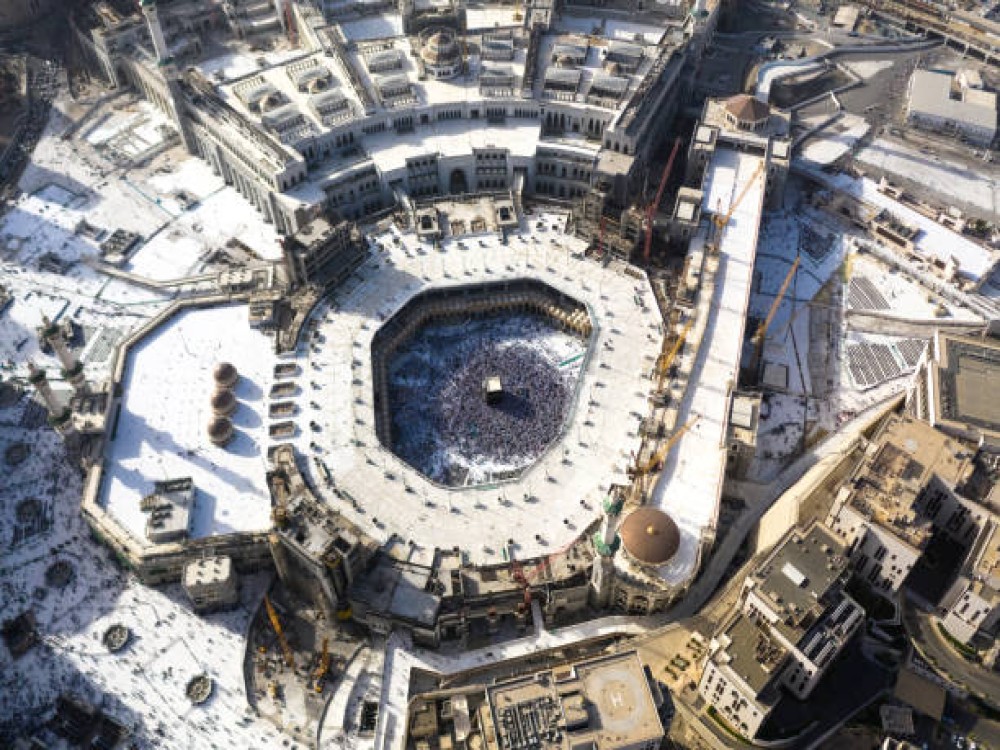
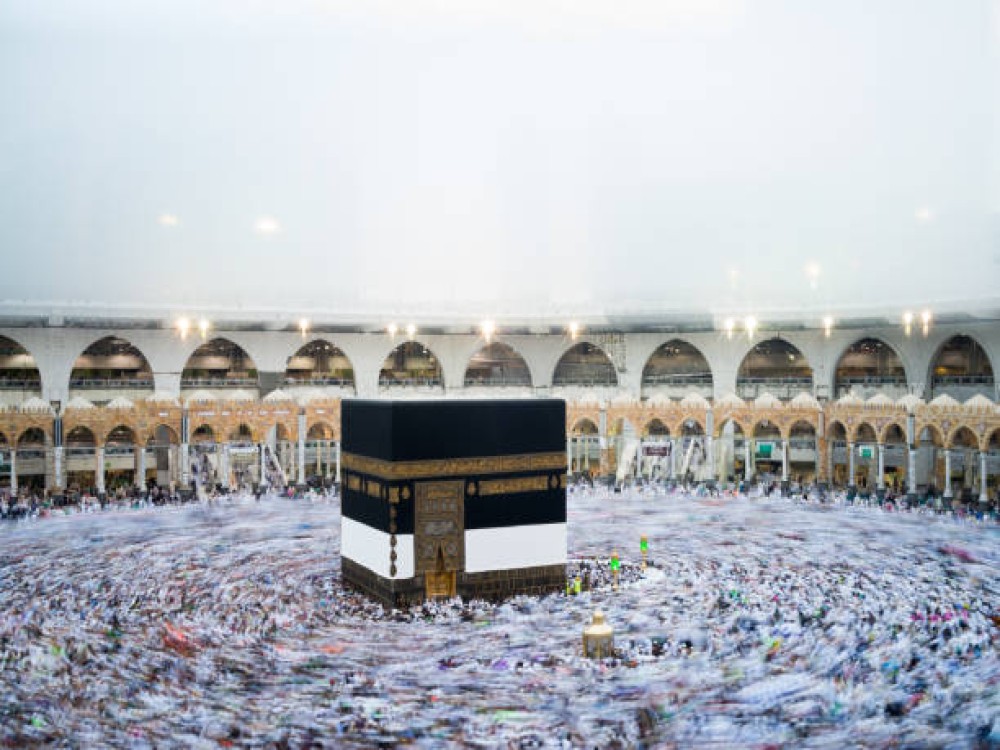
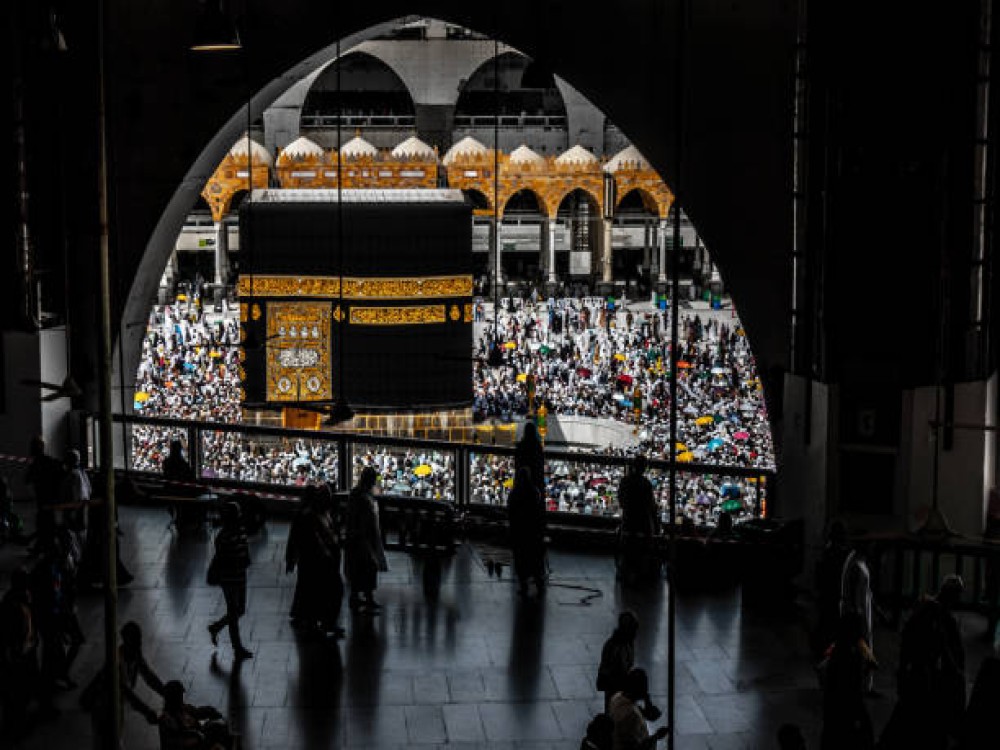
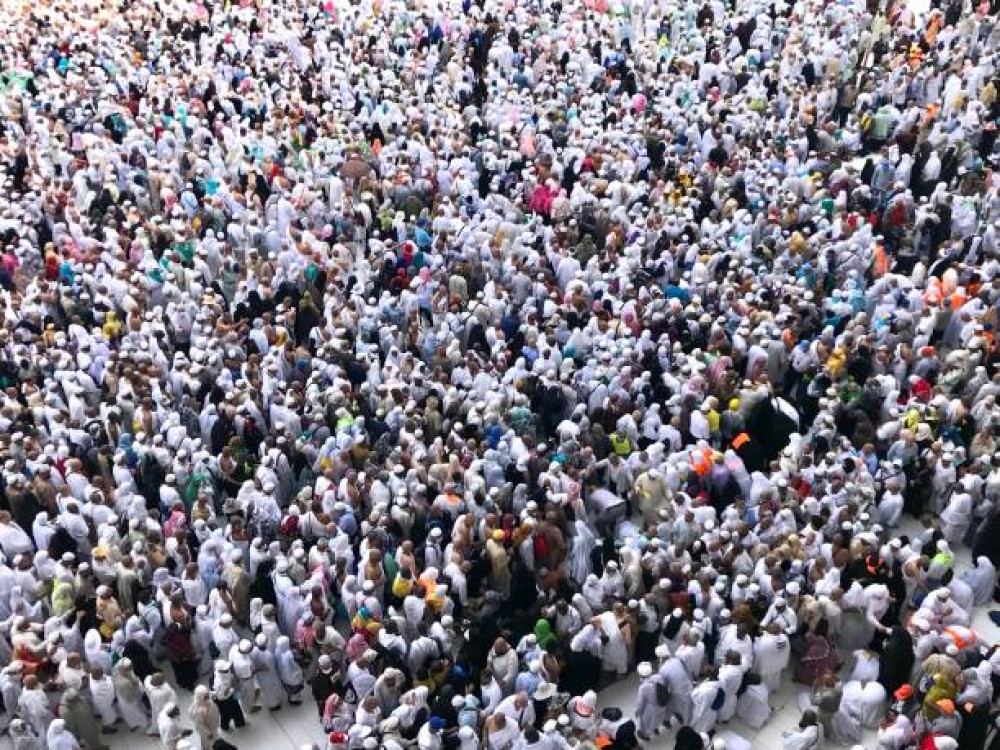
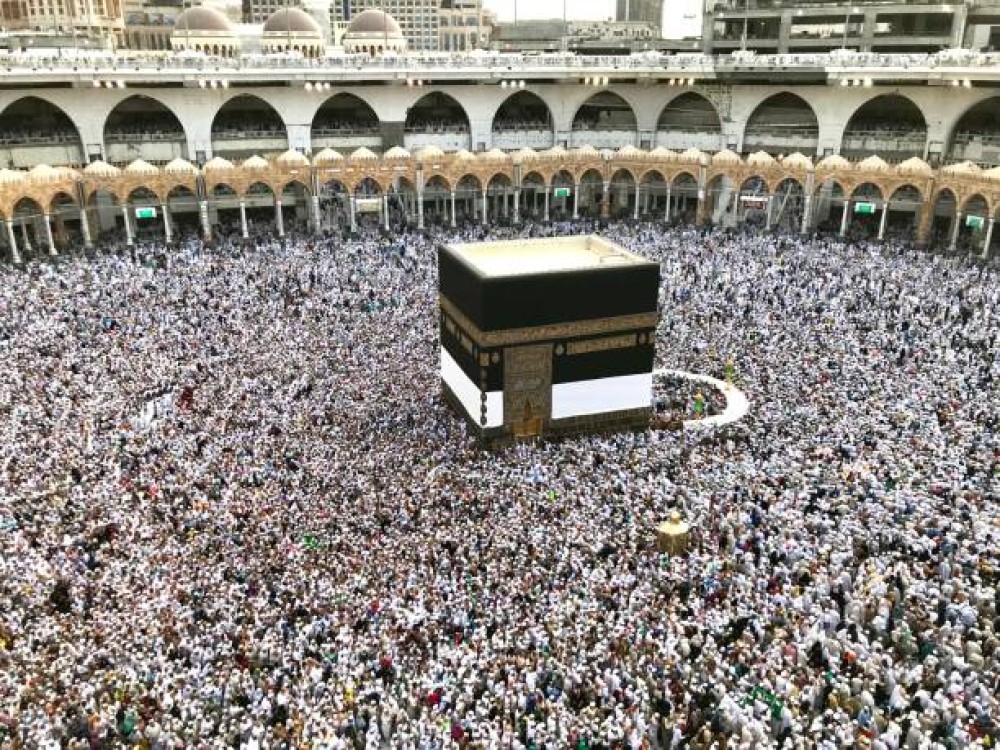
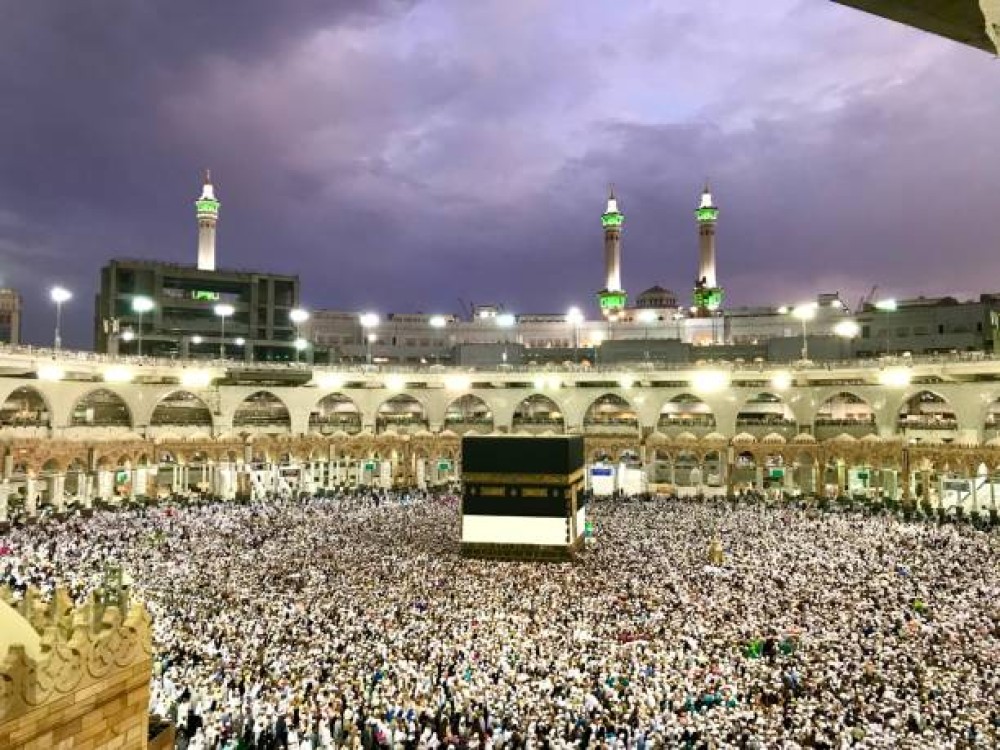
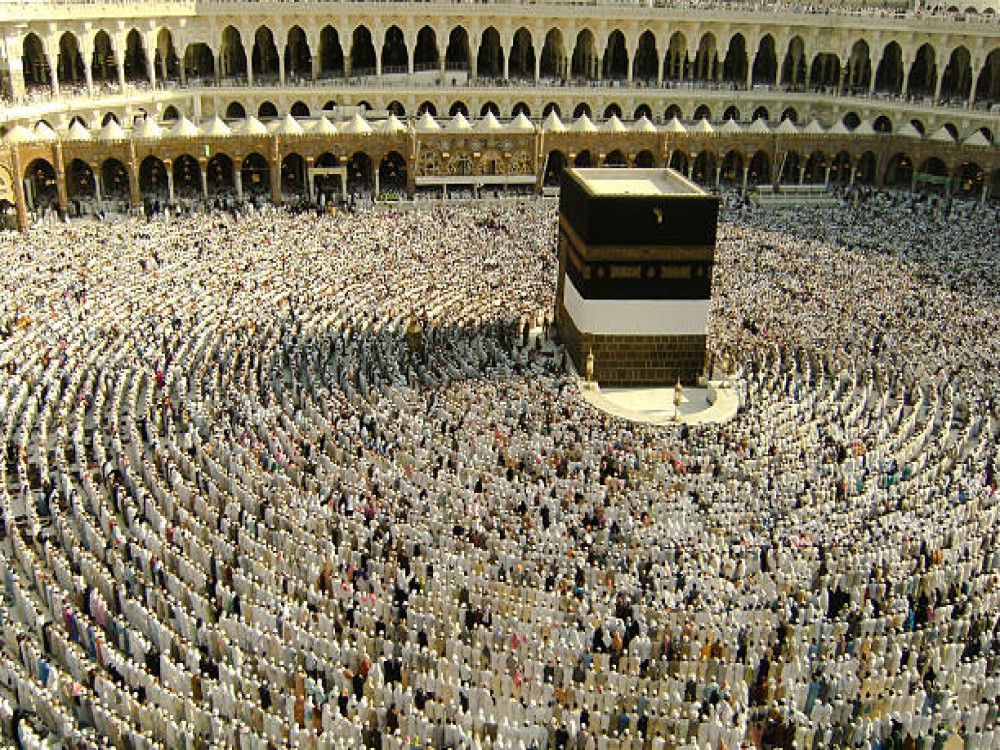
When to Get There
The best times to visit the Kaaba are early in the morning or late at night, especially outside the peak Hajj season. During these quieter times, you can experience a more peaceful atmosphere and have more room to perform Tawaf or other religious rituals. However, if you visit during Hajj or Ramadan, be prepared for large crowds, long waits, and a more intense spiritual experience. Even though it’s busier during these times, many pilgrims find the energy and sense of community to be a deeply moving part of their visit. It's essential to plan your visit in advance if you wish to avoid crowds.
Day Trips from Mekke
If you’re staying in Makkah, a visit to the Kaaba is an essential part of your itinerary. Many local tour operators offer guided tours to the Kaaba, which include not only a visit to the mosque but also explanations about the rituals and the historical importance of the site. Day trips can be arranged to visit other historical landmarks nearby, such as the Cave of Hira or Mount Arafat. For those staying longer in Makkah, taking a day trip to explore the Kaaba and surrounding sacred sites is a spiritually enriching experience that helps deepen one's connection to Islamic history and faith.
Copyright © 2025 All Rights Reserved


